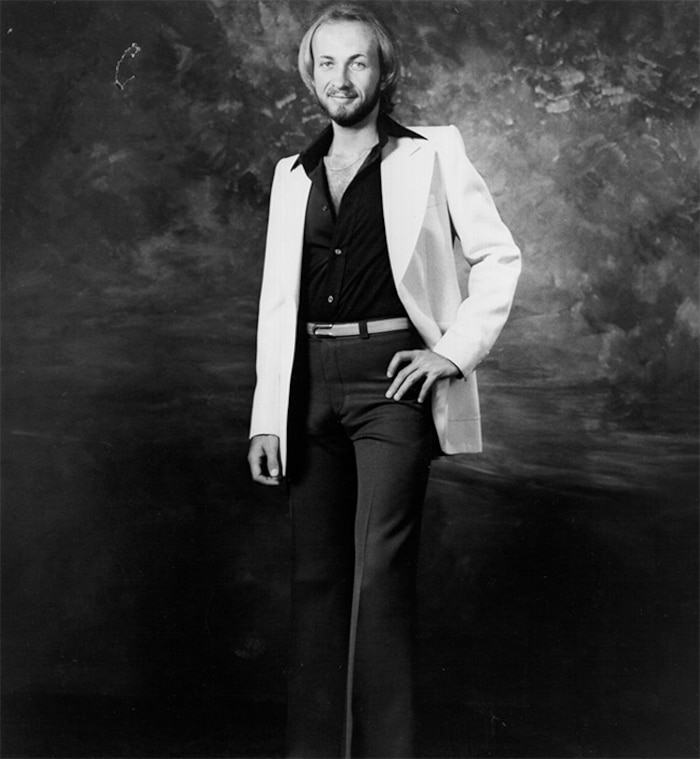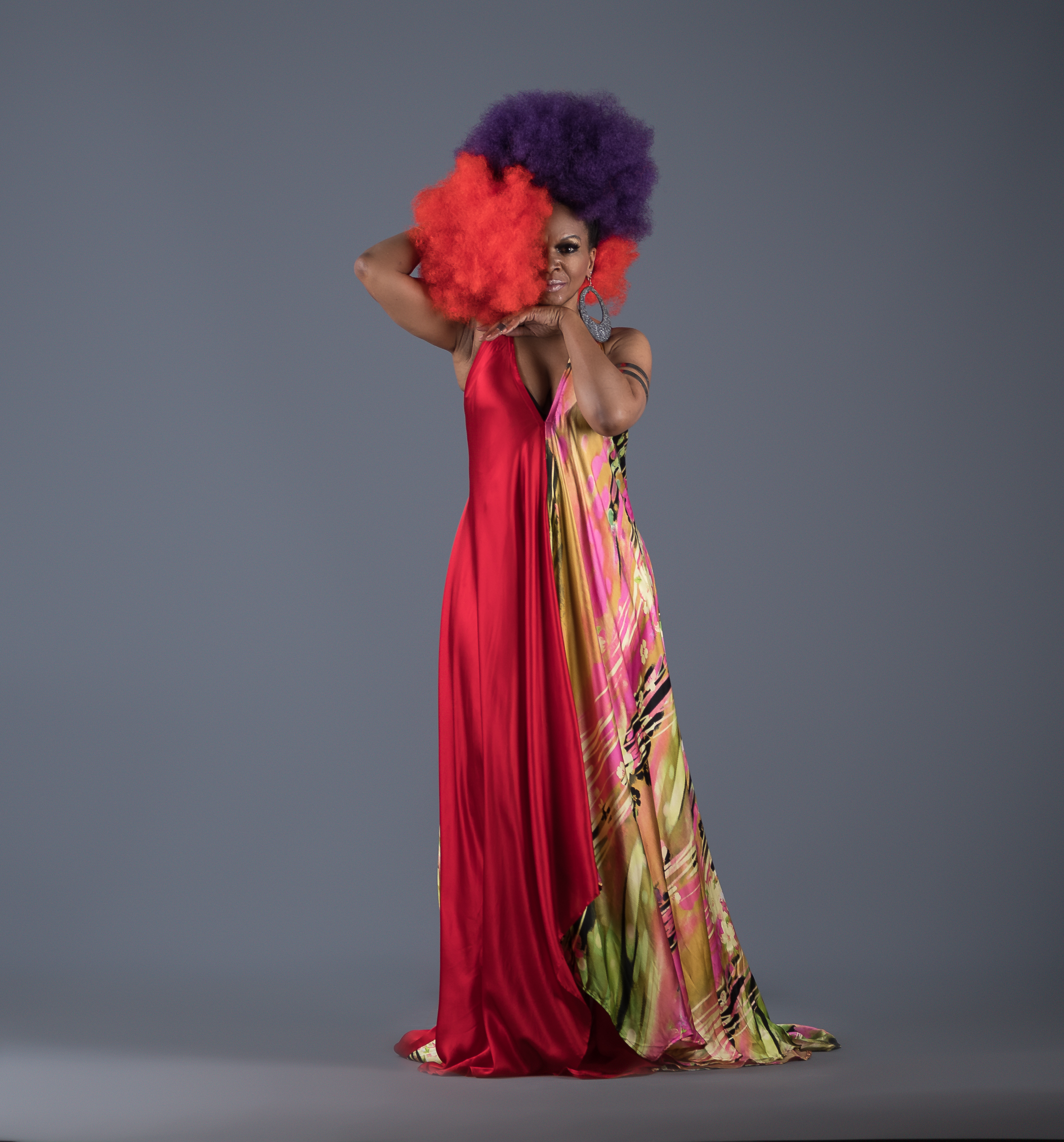The White Lie That Broke Bobby Caldwell on Black Radio
Jered Stuffco explains how an ambiguous album cover helped launch an R&B singer’s career
Old myths have a way of sticking around. Especially the one about Bobby Caldwell being black. It’s been 37 years since Caldwell broke through with the soul classic “What You Won’t Do For Love,” and yet, some are still shocked when they find out the singer is white. “Quite honestly, I never thought I sounded black,” says Caldwell. “I thought I sounded like a white guy that was influenced by R&B music. But people would swear up and down I was black. Huge amounts of money were lost in bets.” While the myth carries on today, the truth of how it all got started is a story rooted in the politics of ’70s American radio and the shrewd business practices of a record boss.
In 1977, Bobby Caldwell was already a has-been. Or maybe he was a never-gonna-be. For the past six years, the Miami-bred Caldwell had been working hard in Los Angeles: Playing in bar bands, cold-calling record labels, and trying to press his demo tape into the hands of as many industry suits as possible.
Caldwell and his band had initially gone to L.A. to play with Little Richard, who fired his backing band and hired Caldwell and company after sharing the stage with the young crew during a Florida tour stop. But after grinding it out on the circuit with Richard, Caldwell and his band figured they could make it on their own. Caldwell eventually went solo and recorded a disco-tinged single, but a big-time record deal remained elusive. “I just could not make it happen,” says Caldwell. “I basically ended up going back home with my tail between my legs to Miami, feeling pretty despondent.”
Moping around the family home one day, Caldwell’s mom passed her 27-year-old son an issue of the Miami Herald. On the cover was a photo of KC and the Sunshine Band, emblazoned with the headline: “Miami’s Favorite Sons.” Caldwell’s mom suggested her depressed son check out TK Records, the Miami-based label behind KC’s rise. “I went down to this little joint, and in two days, I had a record deal,” says Caldwell. “When I walked into TK Records, it all came together. I was exactly what they were looking for.”
What TK was looking for was something different.
I guess they got skittish with going to black radio with somebody who was whiter than a loaf of bread.
Led by disco don Henry Stone, TK had been slaying the dance market with a constant flow of chart-topping acts: KC and the Sunshine Band, Anita Ward, T-Connection, Voyage and George McCrae, to name but a few. But as disco fever burned through the mid-’70s, the boss at TK started worrying about a burnout. Through 1976, Columbia Records singer Boz Scaggs had enjoyed huge success with the groovy and sophisticated “Lowdown,” and TK was looking for something similar. “People were going disco weary. I think they saw me as their guy to usher in something with more of a pop approach to R&B music, without the pounding of a kick drum and the nonsensical disco lyrics,” says Caldwell. “They wanted something that was more art than dance.”
Thanks to Caldwell’s jazzy tunes and his effortlessly soulful vocals, he was given free rein in the studio, and he spent ten months recording the songs for his now-classic, self-titled debut. But when Stone – a notoriously shrewd businessman – heard the final mixes, he wasn’t satisfied they had a hit. Caldwell was sent back into the studio, and he quickly wrote and recorded “What You Won’t Do For Love,” a slice of slinky smooth R&B based on a jazzy, four-chord progression.
Stone loved it. The label had their lead single, but there was still a glitch: Caldwell’s image. “We did a shoot for the album cover, and my hair was down to my shoulders and (the shoot) was done on the beach. And for them, I guess they got skittish with going to black radio with somebody who was whiter than a loaf of bread,” says Caldwell.

Indeed, TK’s bread was buttered on black radio. Jo Maeder, a radio DJ at Miami’s Y-100 at the time, said TK used a domino style of promotion to get their records into the mainstream. “R&B radio was all over TK Records, it was their strongest base,” says Maeder. Without support from black radio, TK worried the record would be a flop.
Determined, Caldwell took matters into his own hands and mocked up his own album cover – an evocative image of a mysterious man sitting on a park bench. “It was me who came up with the idea of a silhouette, which I actually drew, based on a photo that had been taken,” he says. “I had a piece of acetate. There was a photo of me on a bench, I traced the photograph and filled it all in to make it silhouette. Everyone just loved it – problem solved and we were able to make the release in time.”
Soon after its release, with his song gaining traction in the pop charts, Caldwell was invited by Natalie Cole to open up her tour of U.S. auditoriums. “It’s the very first night in Cleveland, at an amphitheater. We’re talking about 7,000 brothers and sisters, and I was the only cracker there,” says Caldwell. “And everyone is coming to hear ‘soul brother’ Bobby Caldwell. I walked out on stage and you could hear a pin drop, just a total hush came over the crowd. It was like, ‘What the fuck is this!?’” Caldwell gulped and his band launched into their first song. “I stayed and delivered, after about ten minutes, I had them in my pocket. That was the night I became a man, I’ll tell ya.”
Everyone was coming to hear “soul brother” Bobby Caldwell. I walked out on stage and you could hear a pin drop.
The song eventually peaked inside the top 10 on the Billboard Pop Chart, but it really struck a chord with black audiences. “It was such an anthem and still is, and so embraced by the black community and R&B radio,” says Caldwell. “And even after they found out I was white, it wasn’t like, ‘We’ve been betrayed.’ They took the idea that music has no color.” American Urban Radio Networks staffer Ty Miller, who has spun many Caldwell tracks over his career as a DJ on black radio through the 1980s, echoed that sentiment. “You think about it now, soul has no color. He sounded like a typical, R&B soul singer,” says Miller. “If you were in the industry like me, you knew he was white, however, it was the sound more so than the color. The phrasing, the instrumentation; it lent itself to being played on black radio and that’s why a lot of people liked it.”
Somehow they all loved this cracker with the blonde hair, and I just don’t know what I did!
DJ Spinna recalled that his own introduction to Caldwell came from famed New York DJ Frankie Crocker, who broke many new soul cuts on WBLS, including “What You Won’t Do For Love.” “People were bugging when they discovered he was white as well,” said Spinna in an interview with the Soulisms Official Blog. “The funny thing is, the album with that track ‘What You Won’t Do For Love’ probably didn’t have his face on the cover for that same reason, but that’s a big tune. Still gets into my soul when I hear it.” (According to legend, Crocker himself wasn’t aware of Caldwell’s race, and once he found out, he announced it over the radio as a pseudo news bulletin.)
After TK went bankrupt in 1981, Caldwell continued to release music and also moved into writing pop hits for others, such as Chicago and Boz Scaggs. The song that broke him has been sampled, covered and remade dozens of times, while other cuts in Caldwell’s discography have also proved fruitful for beatmakers. In Japan, Caldwell has enjoyed enduring success and has earned the nickname “Mr. AOR.” But at home, his audience remains mostly black.
These days, Caldwell is both confused about his enduring appeal and grateful. “Well y’know, I don’t know how I escaped this, it certainly wasn’t intentionally that I was able to have the success, to be embraced by black radio. But somehow, they all loved this cracker with the blonde hair, and I just don’t know what I did!” Caldwell adds that TK’s scheme turned out to be a blessing, because it not only broadened his audience, but gave him an incredibly loyal fan base. “All I know is, I look out in the audience today, and I have a demographic that’s mind-boggling.”

